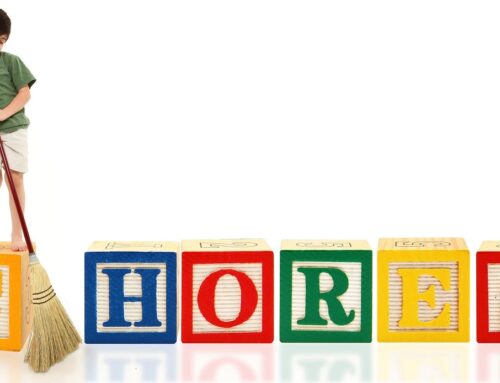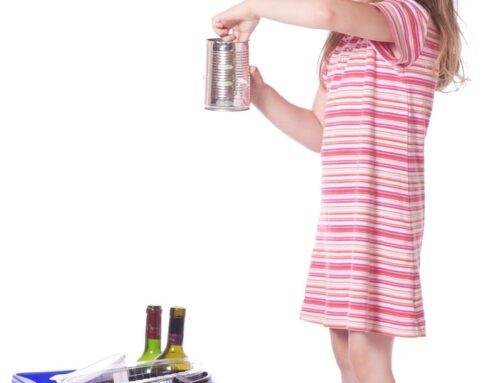Fine Motor Skills And Why They Are So Important
As parents, we are our child’s first teacher – his most important teacher – and we want to give all parents the right tools for successfully working with children in the home. Developing fine motor skills for preschoolers can be difficult. Time and time again in school, we are told how important fine motor skills are for children and their development. A tremendous amount of learning occurs with simple touch and manipulation.

The Importance of Fine Motor Skills
Fine motor skills for 5-year-olds include writing, using basic tools like scissors, musical instruments, and more. Even with our modern technology, it’s still vitally important to have the skills to manipulate a pen, pencil, and crayon. Children must develop these fine motor skills and other complicated ways to draw shapes, letters, and numbers with accuracy.
Knowing how to use simple scissors with ease is another life skill that requires fine motor skills. Children should have well-developed manipulation in their hands and fingers.
Musical instruments also demand fine motor skills from children. Their fingers need precise movement and manipulation. Even getting themselves dressed requires strong fine motor skills.
Helping Your Child Improve Fine Motor Skills
Developing fine motor skills for preschoolers begins quite a few years before they turn five. As soon as a baby begins to grab at a simple object, they are beginning to hone their fine motor skills. They certainly haven’t mastered them yet, but they’re trying. And eventually, they end up succeeding. As they become toddlers, their fine motor skills become even more precise. They begin to refine their gripping skills and the various muscles in their hands for grasping.
Developing fine motor skills for toddlers is so important. It takes work to strengthen the required muscles in the fingers, and as parents, we can help to give them the opportunity to practice these skills. Teaching these motor skills is not all up to the parents when you choose the right childcare that knows the importance of fine motor skills for preschoolers. Summit Children’s Center provides care for children between the ages of 6 weeks to 12 years of age. Their programs focus on language skills, literacy skills, motor skills, and much more.
Writing
Writing is one of the most key fine motor skills for preschoolers. Most children grab for a pencil with a “fist grip,” or by using their entire hand. Other children position their fist with an upright motion, keeping their pinkie finger against the paper. Still, other kids turn their fists upside down, with their thumb against the edge of the page. These variations are all incorrect.

It requires practice to hold a pencil correctly, and children have to be taught the skill. The skill isn’t innate, nor does it come naturally.
First, as parents and teachers, we must model the skill. Demonstrate how to hold and use a pencil. Show the child how to place the pencil between their finger and thumb. Demonstrate the “pincer” grip. Lastly, show them how to use their second finger as a way of supporting the pencil. Once the child sees the correct position, give them a small pencil and encourage them to try it for themselves.
Finally, watch over your child as they practice using a pencil or crayon. Supervise carefully as children can slip into the incorrect habit.
Scissors
Fine motor skills for preschoolers include using scissors as well. Children need very specific guidance and instructions when first trying to use scissors. Some children clutch the scissors handle in their tiny fists, trying to put their fingers in any hole they find, pointing the scissors toward their desk. Others grab at the scissors while turning their hand over with their thumb against the desk.
Demonstrate how it’s much the same as shaking hands. Instruct the children to approach the scissors with their hand outstretched, thumb pointing up. Hold the blades while pointing the handles at the child. Show how to put their thumb in the smaller hole and two fingers in the larger hole in the handle. Practice makes perfect. Supervise as they try over and over. When they are comfortable, give the child a piece of paper to continue practicing.
At Home Activities
Expensive and elaborate toys or equipment is not necessary to help a child develop these fine motor skills. You’ll find that you probably have everything you need already available in cupboards and drawers. Simple activities (that may only take a few minutes) with your child will develop all sorts of fine motor skills. These short bursts of practice, in fact, are best for retention and a child’s patience.
- Have the child try clasping a piece of string while you pull the string from their fingers.
- Show the child how to pick up a single piece of cereal. In addition, demonstrate how to crush the cereal in their fingertips. Let them fill up a bowl of crushed cereal bits.
- Sort small beads by color from one bowl to another. Instruct how to pick up each bead one at a time.
- Breaking bubbles on a sheet of bubble wrap is lots of fun and a great exercise for the thumb and pointer finger.
- Transfer water from one bowl to another by using only an eyedropper. Add food coloring for added fun.
- Use modeling dough to roll out a long snake. Demonstrate how to use the index finger and thumb for pinching small pieces.
- Play with pick-up sticks with your child. His grip is important for picking up a stick. If needed, play with straws or toothpicks.
- Introduce your child to sewing. Threading a needle is a great way to hone fine motor skills and your child gets to learn a valuable life skill as a bonus.

Practice With Toys
Toys shouldn’t just entertain a young person. They can be educational and can help to develop fine motor skills for preschoolers. Many toys require a child to position their hands in certain ways to assist with the development, accuracy, and patience involved with fine motor skills. Give your child every opportunity to succeed.
Puzzles
When buying puzzles for children, find the type with large pieces for holding on to. Large knobs allow children to clasp a puzzle piece while strengthening muscles in their hands, fingers, and wrist. Their proficiency with puzzles will improve and, in turn, their fine motor skills will be strengthened.
Tweezers

Tweezers can be a great tool for helping kids hone their finger and hand muscles. Tweezers are open naturally, so the child must use the squeezing motion for closing. Encourage them to use the index finger for holding and operating tweezers. Then attempt simple exercises at home. Pick up cotton balls or marbles. Practice can be fun.
With a little attention and practice, your child will master all of the necessary fine motor skills. Summit Children’s Center is here to help parents provide the best opportunity to learn the fine motor skills for preschoolers. Congratulations on giving your child the nurturing support he needs at an early age.




